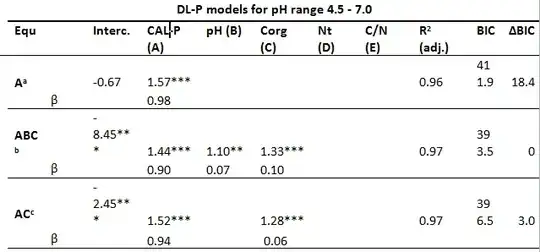When we use deep neural networks (DNNs) to solve a 1-dimention regression problem, we can approximate data distribution with the output of a DNN like the picture below.
My question is that DNN does not have the assumption of gaussian distribution or any other distribution of itself. It just knows what value to output when it sees an input. So how do you know the probability distribution of the DNN? For example, if someone asks, what is the probability of the point appearing in (5, 0). Can DNN answer this kind of questions?
 (pic from https://medium.com/@sunnerli/dnn-regression-in-tensorflow-16cc22cdd577)
(pic from https://medium.com/@sunnerli/dnn-regression-in-tensorflow-16cc22cdd577)